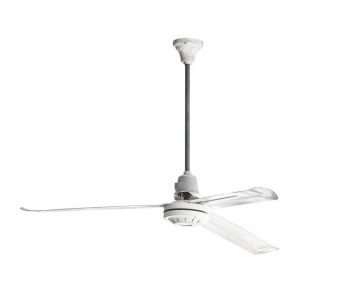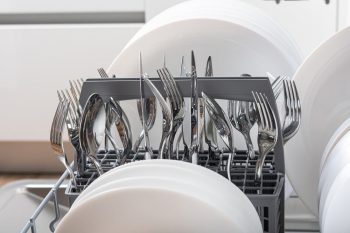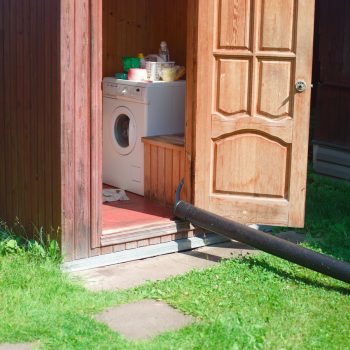
Replacing your LG dishwasher pump motor may seem like a daunting task, but with the right tools and a little patience, it’s a task you can complete on your own. This comprehensive guide will walk you through the process, step-by-step, and provide tips for troubleshooting common problems along the way.
To replace an LG dishwasher pump motor, first disconnect the dishwasher from the power source and turn off the water supply. Uninstall the dishwasher and remove the lower access panel, sound dampening pad, and disconnect the water supply line. Remove the interior water guide, and then the pump and motor assembly. Install the new pump and motor assembly, and reassemble the dishwasher. Finally, test the dishwasher to ensure the new motor is working correctly. For a detailed step-by-step guide, refer to the main article.
Signs That It’s Time to Replace Your Pump Motor
Before diving into the replacement process, it’s important to determine whether your pump motor is the problem. Some common signs that your pump motor may need replacing include:
- Leaks: A faulty pump and motor assembly can cause water to leak from your dishwasher.
- Drainage issues: If your dishwasher is not draining properly, it could be due to a faulty pump and motor assembly.
- Dishes not getting clean: A malfunctioning motor can impact the water circulation during the wash cycle, leaving your dishes less than sparkling.
- Error codes: If your LG dishwasher stops mid-cycle and flashes an error code (such as OE), it could indicate a problem with the drain pump.
Tools Needed for Replacement
To replace your LG dishwasher pump motor, you’ll need the following tools:
- Phillips screwdriver
- Pliers
- Socket (if required)
- Flathead screwdriver (if required)
Remember to unplug the dishwasher and turn off the water supply before you begin.
Step-By-Step Guide to Replacing Your LG Dishwasher Pump Motor
Follow these steps to replace the pump motor:
- Unplug the dishwasher and turn off the water supply: Always disconnect your dishwasher from the power source and switch off the water supply before starting any repairs.
- Uninstall the dishwasher: Remove the lower access panel, sound dampening pad, and disconnect the water supply line from the inlet valve. Be prepared for some water to spill out.
- Remove the interior water guide: Consult your owner’s manual for instructions on how to remove the water guide.
- Remove the pump and motor assembly: Disconnect any wires and hoses connected to it. Remove any screws or clips holding the assembly in place, and then carefully lift it out of the dishwasher.
- Install the new pump and motor assembly: Reattach any screws or clips to secure it in place. Reconnect any wires and hoses that were disconnected earlier.
- Reassemble the dishwasher: Replace the interior water guide, if applicable. Reconnect the water supply line to the inlet valve and reinstall the sound dampening pad. Secure the lower access panel with screws.
- Reinstall the dishwasher: Slide the dishwasher back into its original position, making sure it’s level and properly aligned with the surrounding cabinets. Reconnect the water supply line and turn on the water supply. Plug the dishwasher back into the power source.
- Test the dishwasher: Run a short cycle to ensure the new pump motor is working correctly and that there are no leaks or other issues.
For a visual guide, you can refer to this YouTube video on replacing the drain pump or this video on replacing the circulation pump motor.
Troubleshooting Common Problems
If your new pump motor doesn’t work as expected, try these troubleshooting tips:
- Check the power supply: Ensure that the pump is connected to a power source.
- Inspect the connections: Look for any loose or damaged connections in the electrical system.
- Examine the motor and impeller: If the motor is humming but not starting, it could be due to a jammed rotor or a faulty capacitor.
- Look for air leaks: Air leaks on the suction side of the pump or the lid o-ring can cause the pump to not work properly.
- Check for debris: A clogged impeller or strainer basket can cause the pump to not work properly.
Maintaining Your Pump Motor
Proper maintenance of your pump motor can prolong its lifespan. Regularly inspect the motor for signs of wear or damage, lubricate the bearings, and monitor the pump’s prime. Consult the original manufacturer’s guidelines for maintenance frequency and procedures.
Replacing a dishwasher pump motor can seem intimidating, but with the right tools and guidance, you can do it yourself. Always remember to follow safety measures and precautions to prevent accidents and injuries. And when in doubt, don’t hesitate to consult a professional.
Frequently Asked Questions
How long does a typical LG dishwasher pump motor last?
The lifespan of a dishwasher pump motor varies depending on usage and maintenance, but on average, it can last anywhere from 7 to 10 years.
What’s the average cost of a new LG dishwasher pump motor?
The cost of a new LG dishwasher pump motor can range from $50 to $200, depending on the model and where it’s purchased.
Can I use a pump motor from a different brand in my LG dishwasher?
It’s always recommended to use parts that match the brand and model of your appliance. Using a different brand’s pump motor may not fit correctly, could cause additional problems, or void any remaining warranty on your dishwasher.
How do I know if the error code on my LG dishwasher relates to the pump motor?
The error code OE on an LG dishwasher typically indicates a problem with the drain pump. However, it’s always best to refer to your dishwasher’s user manual or LG’s official website for a complete list of error codes and their meanings.
Can I continue to use my dishwasher if the pump motor is faulty?
It’s not recommended to use your dishwasher if the pump motor is faulty. This could lead to further damage, water leaks, or even electrical issues. It’s best to replace the faulty part as soon as possible.












